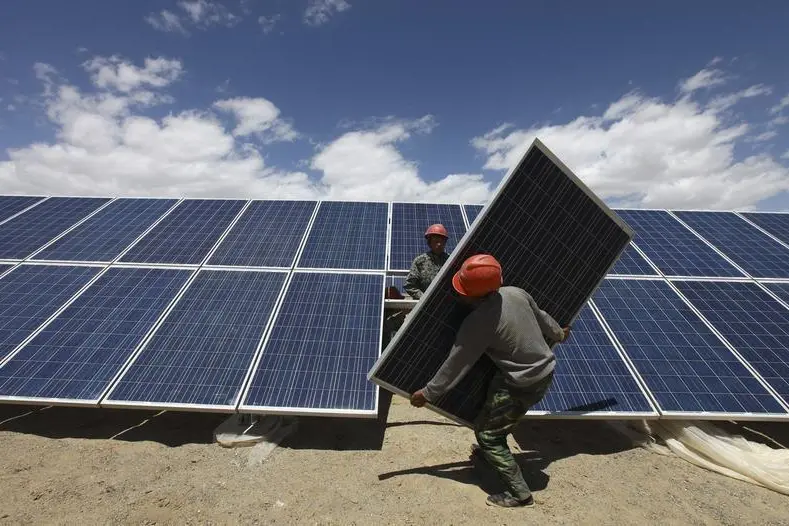
Foreign Direct Investment in Brazil: Mining at the Center of a New Capital Cycle
.png)
Morocco Secures US Backing for $800M High Purity Polysilicon Plant: A Strategic Move to Reshape Global Supply Chains

As the global race to secure critical minerals intensifies, Mongolia is quietly positioning itself as a formidable force in the mining sector. Rich in copper, uranium, rare earth elements, gold, coal, and other essential commodities, the country is one of the last untapped mining frontiers in the world. With only 30% of its territory geologically surveyed and just 1% of land licensed for exploration, the upside potential remains vast.
Mongolia's mining industry already contributes 27.3% to national GDP, 93% of total exports, and 81% of all foreign direct investment. Yet, what’s most compelling is the national commitment to harness this potential through infrastructure, reform, and strategic cooperation.
Mongolia’s geography places it at a logistical and economic crossroads. Bordered by China to the south and Russia to the north, the country is a bridge between two of the world’s largest industrial economies. For international mining operators, this presents unparalleled access to markets hungry for energy transition materials.
Mongolia’s proximity to China—responsible for over 60% of global mineral refining—gives suppliers immediate logistical advantages and reduced transport costs. At the same time, emerging rail corridors and cross-border trade routes (such as Tavantolgoi–Gashuunsukhait and the China–Mongolia–Russia economic corridor) are modernising the country’s trade infrastructure, making exports faster and more efficient.
Mongolia holds substantial reserves of:

This abundance of minerals places Mongolia among the top prospective suppliers of materials critical to the clean energy transition. For international industries, this means long-term supply security and access to a diversified resource base, while for Mongolia, it represents an opportunity to drive sustainable development, industrial diversification, and fiscal independence.
The Government of Mongolia is accelerating value-added processing and industrialisation through nationally significant projects:
To ensure long-term investor engagement, the Government of Mongolia has introduced a package of enabling reforms:
These reforms have already attracted over 200 active mining licenses granted to foreign operators.
The Mongolian Government has launched a series of sustainability initiatives to align its growth with environmental stewardship:
Mongolia is also an active participant in global dialogues, including the Extractive Industries Transparency Initiative (EITI) and climate finance forums.
Mongolia’s mining industry is at a pivotal moment. With abundant resources, growing global relevance, and an ambitious national agenda, the country is positioning itself not just as a producer—but as a partner in shaping the future of responsible, secure, and strategic mineral supply. As global demand intensifies, Mongolia stands ready to lead.

.png)
